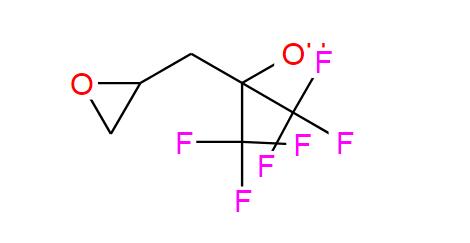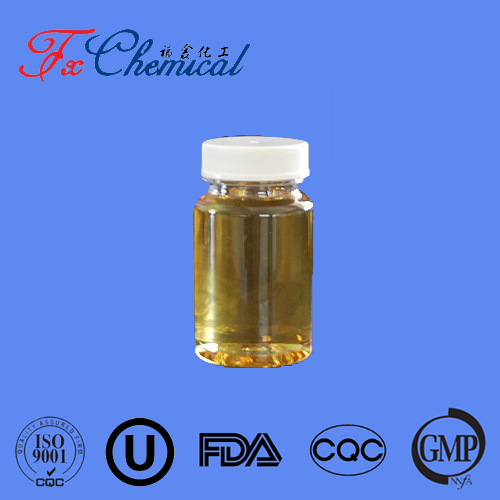
Search

Search

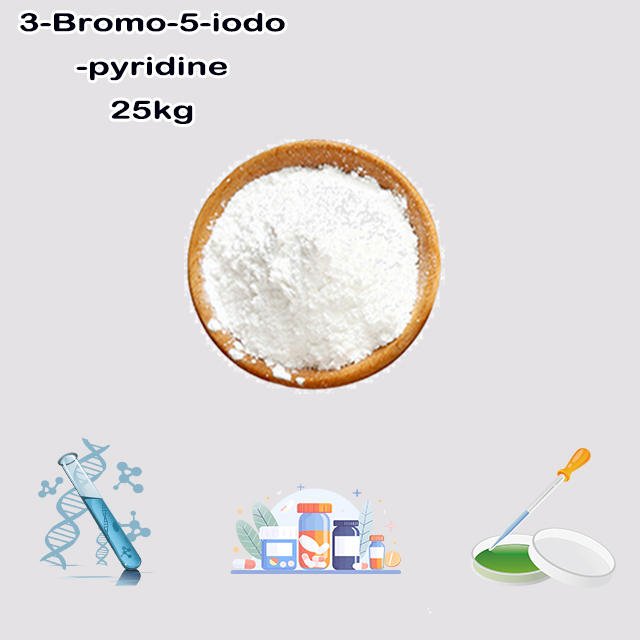
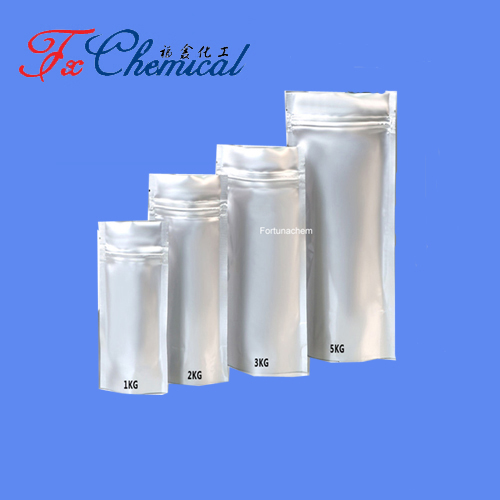
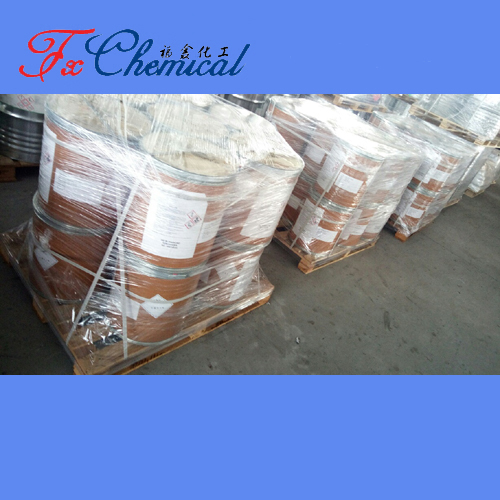
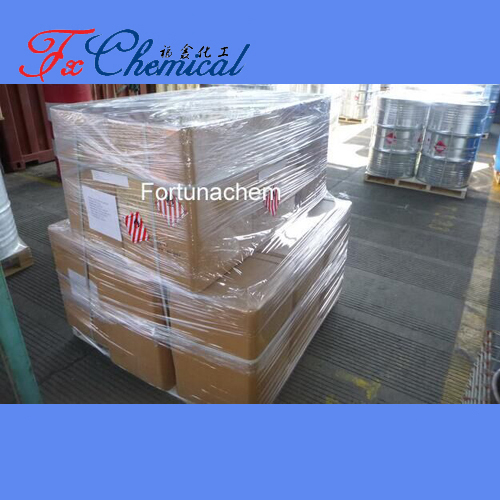






Here's a concise explanation of 3-Bromo-5-iodopyridine :
3-Bromo-5-iodopyridine is a disubstituted pyridine derivative with the formula C₅H₃BrIN. It features a bromine atom attached to carbon 3 and an iodine atom attached to carbon 5 of the pyridine ring. These positions are meta to each other and to the ring nitrogen. Its primary importance lies in being a versatile building block for organic synthesis. The differing reactivity of the bromine and iodine atoms allows for sequential, selective metal-catalyzed cross-coupling reactions (like Suzuki or Sonogashira), enabling the stepwise construction of complex molecules, particularly in pharmaceuticals and agrochemicals.
3-Bromo-5-iodopyridine is an organic compound with the molecular formula C₅H₃BrIN. Here's a breakdown of its key features:
Core Structure: It is a derivative of pyridine, a six-membered heterocyclic aromatic ring containing one nitrogen atom.
Substituents:
A bromine (Br) atom attached to the carbon at position 3.
An iodine (I) atom attached to the carbon at position 5.
Positioning: Positions 3 and 5 are meta to each other relative to the nitrogen atom (position 1). They are also meta to the nitrogen itself.
Structural Representation:
Chemical Formula: C₅H₃BrIN
SMILES: BrC1=CN=CC(=C1)I
Skeletal Structure:
Br
│
│
3 ─┐
│
N ─── C2 ─── C4
1 ╱ ╲ ╱
╲ C6 ─ C5
2 ╲ │
╲ I
C3
(Simpler: Imagine a pyridine ring. Attach Br to the carbon two positions clockwise from N. Attach I to the carbon two positions counterclockwise from N).
Key Properties:
Appearance: Typically a pale yellow to off-white crystalline solid.
Molecular Weight: 283.90 g/mol
Melting Point: Reported values vary, often around 80-84°C.
Solubility: Generally soluble in common organic solvents (e.g., dichloromethane, chloroform, ethyl acetate, DMF, THF). Insoluble in water.
Hazards: Considered an irritant (skin, eyes, respiratory system). Handle with appropriate personal protective equipment (gloves, goggles) in a fume hood.
Significance and Uses:
Versatile Synthetic Building Block: This is its primary importance. The presence of two different halogen atoms (Br and I) with distinct reactivities makes it highly valuable in organic synthesis, particularly in metal-catalyzed cross-coupling reactions like:
Suzuki-Miyaura Coupling: The iodide (C-I bond) reacts much faster than the bromide (C-Br bond) with arylboronic acids under palladium catalysis. This allows selective functionalization at position 5 first.
Stille Coupling: Similar selective reactivity of the iodide with organostannanes.
Sonogashira Coupling: Selective reaction of the iodide with terminal alkynes.
Subsequent Reactions: After modifying position 5, the remaining bromide at position 3 can then be used in a second coupling reaction (e.g., Suzuki, Buchwald-Hartwig amination) or other transformations (e.g., nucleophilic substitution, lithiation).
Pharmaceutical & Agrochemical Intermediates: Its structure makes it a useful precursor for synthesizing more complex molecules, including potential drugs, pesticides, and functional materials.
Ligand Precursor: Can be used to synthesize substituted pyridine ligands for metal complexes.
In summary, 3-Bromo-5-iodopyridine is a strategically substituted pyridine ring prized by synthetic chemists for its ability to undergo sequential, selective chemical transformations, making it a crucial building block for constructing complex molecules.

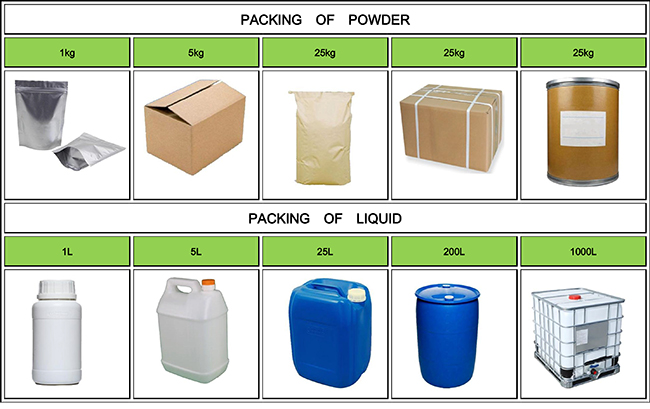
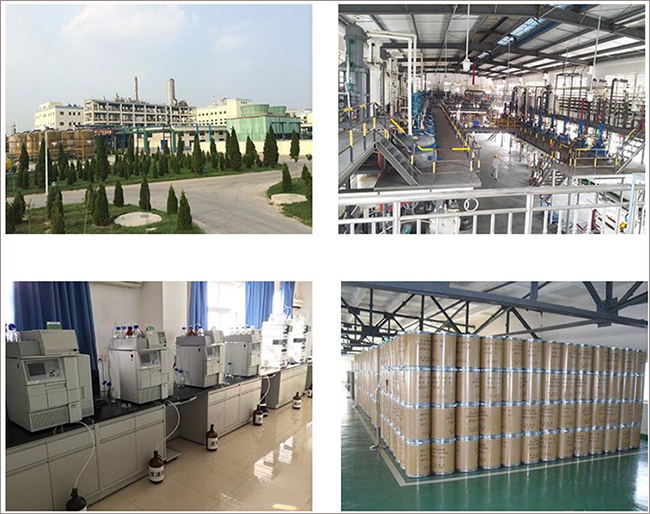

Fortunachem Provides Not Only Professional Chemical Products But Also Professional Help
Keeping you up-to-date with all the latest information, news, and events about Fortunachem!

Quick Links
Add:
E-mail:
 English
English  Español
Español  français
français  العربية
العربية 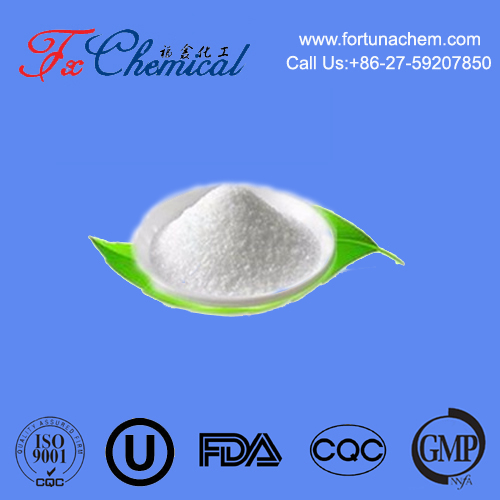
ETHANOL主图.jpg)
